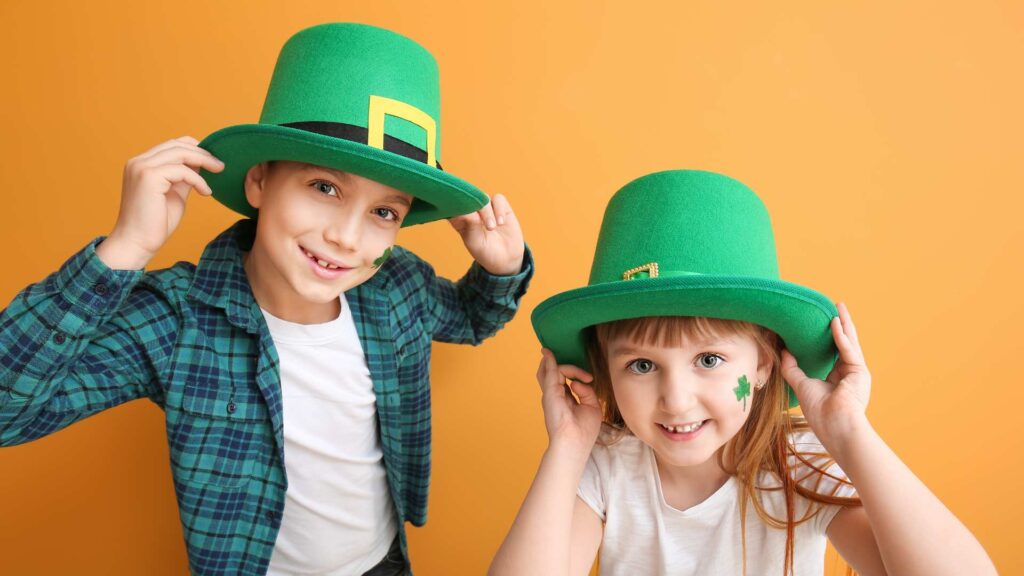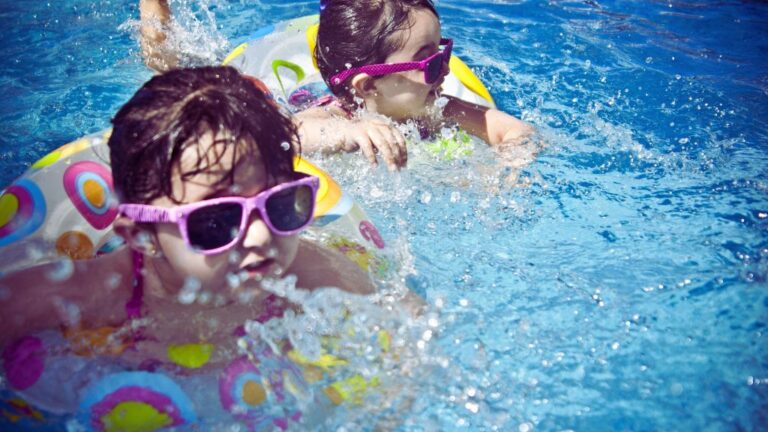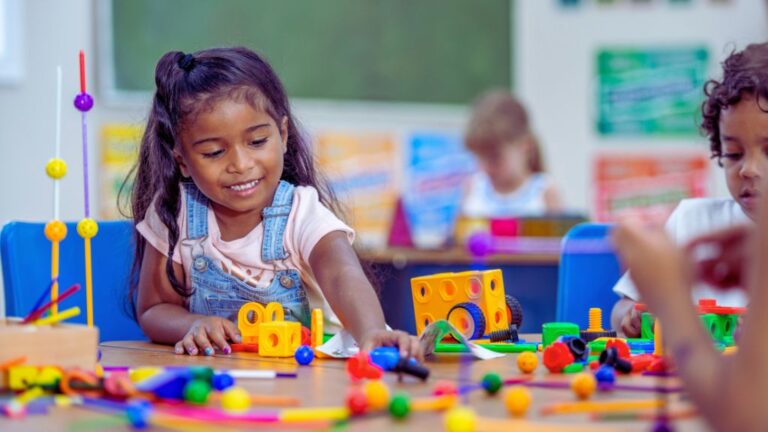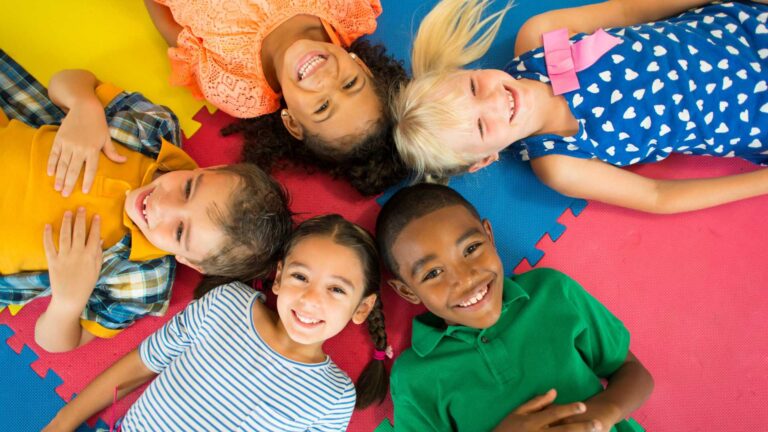Why are celebrations in autism challenging?
March comes with a burst of green and the festive spirit of St. Patrick´s Day. This moment can be an excellent time to celebrate for families. Still, parents of children with autism spectrum disorder (ASD) might wonder about the best ways to involve their neurodiverse kids in the festivities. The answer is not only that they can participate, but they can also thrive and enjoy the holiday with the proper adjustments and thoughtful planning.
Many individuals wonder: “Why are celebrations in autism challenging? Children with autism may find typical celebrations challenging due to sensory sensitivities or differences in social communication. But this by no means excludes the joy of participation. It’s all about crafting autism-friendly activities that cater to their comfort and enjoyment while understanding and respecting their unique needs.
In this blog by ABA Centers of Washington, we have prepared tips for parents of children with ASD who want to celebrate either St. Patrick’s Day or any other celebration and need advice on how to make it more friendly and sensory bearable for their loved ones. So, let’s get started.
Challenges in Autism
Before we proceed with the tips for hosting an autism-friendly St. Patrick´s Day, it is crucial to recognize the uniqueness of these individuals and why we must consider their sensitivities. While individuals diagnosed with autism may share specific characteristics, such as challenges in social interaction, communication, and repetitive behaviors, it is essential to note that each person may express these traits at different levels or may not exhibit them at all.
According to the Centers for Disease Control and Prevention, some of the key challenges present in autism:
- Individuals with autism may struggle to initiate or maintain conversations, interpret emotions, or understand social norms
- Another common trait is the challenges in verbal and non-verbal communication. Some may have delayed language development, while others may have difficulty with expressive language or understanding abstract language, such as metaphors or sarcasm.
- Heightened or reduced sensitivity to sensory stimuli is common in autism. It can manifest as hypersensitivity or hyposensitivity to sounds, lights, textures, tastes, or smells.
- Many individuals with autism engage in repetitive behaviors or have narrow, intense interests. These behaviors may include stimming, insistence on sameness or routines, and preoccupation with specific topics or objects.
- Difficulties with executive functioning, which include skills such as planning, organization, flexibility, and impulse control, are common in autism. Individuals may need help managing time, transitioning between tasks, or adapting to changes in routines.
Making St. Patrick´s Day Shine for Your Child
Fostering an inclusive atmosphere is possible and critical so that everyone feels included. Here are some adaptations you can make to ensure your child feels part of the St. Patrick’s Day charm:
Maintain Routine – Even in times of celebration, it’s important to uphold as much regular structure as possible. Introduce any changes to the day and provide plenty of notice to help reduce any potential stress.
Acknowledge Sensory Preferences – Choose less crowded spots if celebrating outside or craft a peaceful haven at home equipped with things like noise-canceling headphones to minimize sensory overload.
Visual Aids – Utilize visible schedules or social stories better to prepare your child for the day’s events, explaining new experiences or adjustments in a clear and comforting manner.
Personalized Celebrations – Some kids may revel in wearing green and engaging in festive activities, while others may not. It’s perfectly fine to tailor the day to your child’s liking, ensuring their contentment and participation.
Engaging in Sensory-Friendly Fun – Creativity is your ally when it comes to devising activities that cater to your child’s sensory needs. It’s all about striking a balance between tradition and individual comfort.
8 Autism-Friendly Activities to Celebrate St. Patrick´s Day
Now that you know the things to keep in mind before and during the celebration, you are ready to add a splash of creativity to ensure your child doesn’t miss out on the excitement of St. Patrick’s Day. Here are some autism-friendly, engaging ideas:
1. Crafting a Leprechaun Trap: Encourage creativity and fine motor skill development by crafting a leprechaun trap using everyday household items. Gather soft, textured materials and choose a simple trap design like a box with a lid. Provide visual instructions using pictures or symbols, ensuring clarity and simplicity. Encourage collaboration and creative expression throughout the crafting process.
2. Green Sensory Bin: Create a green-themed sensory bin filled with different textures like green rice, shamrock-shaped foam, or green playdough. Ensure that the sensory bin design is simple and easy to manipulate, allowing for hands-on exploration without overwhelming sensory stimuli.
3. St. Patrick´s Day Scavenger Hunt: Organize an indoor scavenger hunt with green items or St. Patrick’s Day-themed objects such as shamrocks, leprechaun hats, or gold coins. Create a list of clues or items to find, ensuring they are straightforward to understand and select a suitable area for the activity.
4. Cooking Together: Prepare a traditional Irish meal together, such as Irish soda bread, corned beef, and cabbage or cookies. Use this opportunity to engage in a practical task while also learning about Irish culture.
5. Quiet Parade: A traditional parade might be too overwhelming, so consider staging a quiet parade at home with family members. Dress up in green, create homemade shamrock badges, and march around your living space.
6. Story Time: Read a story about St. Patrick’s Day to your child. Reading can be a calming activity and a great way to educate them about the holiday’s history and significance.
7. Rainbow Artwork: Creating rainbow artwork can be a therapeutic and fun activity. Start by gathering materials such as colored cardstock or cardboard, markers, crayons, or colored pencils so that there is a wide range of colors for flexibility. Use a large sheet of paper or poster board as a canvas, as it provides a larger surface area for ease of movement. Let your little ones express themselves freely and express their creativity on St. Patrick’s Day.
8. St. Patrick’s Day Calming Bottle: Fill a bottle about halfway with warm water, leaving room for the contents to move. Add green glitter, sequins, and shamrock-shaped confetti for a festive touch. Optionally, include a few drops of green food coloring to enhance the color. Seal the bottle tightly and shake it gently to distribute the contents evenly. As the glitter swirls and settles, it creates a mesmerizing and calming effect. It can also serve as a valuable tool for self-regulation during moments of overwhelm or anxiety.
How ABA Centers of Washington Can Guide Your Celebration
At ABA Centers of Washington, we understand the unique challenges that autism can present during special events. We have guided many families through successful celebrations, adapting to each child’s needs to foster positive experiences. Serving community members in Vancouver, Seattle, Yakima, Olympia, and beyond, our approach tailors activities to encourage behavior change and cultivate positive habits using ABA therapy.
With our experienced therapists, we craft strategies that are not only aimed at preparing for the holidays but are also rooted in everyday practice to guide your child steadily toward resilience and adaptive skills. Whether it’s modifying routines, integrating new activities, or managing challenging behaviors, we are here to support your family’s joyous occasions with expertise and empathy.
Call us today at (877) 554-0710 or message us online to learn how we can assist in making every day a special day of learning and achievement of your child’s unique abilities and accomplishments.








